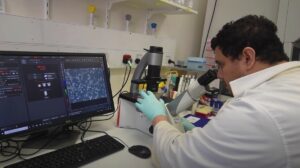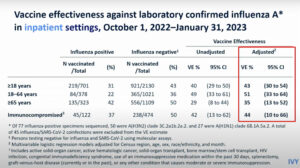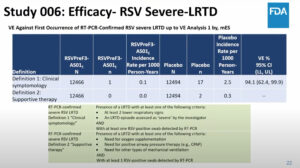NEW YORK (Reuters Health) – Although inhaled corticosteroids (ICS) can help prevent exacerbations of chronic obstructive pulmonary disease (COPD), an analysis of randomized trials suggests that the benefits have been overstated.
“Given the possible morbidity associated with the use of ICS, it is important to reevaluate the benefit of ICS, especially with its claim of reducing exacerbations,” Dr. Ritesh Agarwal and colleagues, from the Postgraduate Institute of Medical Education and Research, Chandigarh, India, note.
As reported in the February issue of Chest, the researchers conducted a systematic review and meta-regression analysis of 11 trials (with 8164 patients) that were identified through a search of PubMed, EmBase, and the Cochrane Central Database of Controlled Trials databases (1988-2008). All of the studies compared ICS to placebo for preventing COPD exacerbations.
On initial analysis, ICS reduced the risk of COPD flare-ups by 18%. Although there was no apparent publication bias, there was significant statistical heterogeneity between the studies.
On sensitivity analysis, the benefit of ICS use in preventing exacerbations was confined to patients with a baseline forced expiratory volume in one second (FEV1) of less than 50%. Even in these patients, though, the reduction in risk was only modest (RR, 0.79) and statistical heterogeneity persisted.
Finally, on meta-regression, the benefit of ICS use disappeared completely, regardless of baseline lung function.
“ICS is likely to have only modest benefits in preventing COPD exacerbations, if at all, and should be judiciously used in patients with COPD keeping in mind the risk-benefit ratio,” the authors conclude.
Still, because only 11 studies were included and because the meta-regression considers only mean FEV1 and not the standard deviation, the authors warn that the results should be interpreted with “extreme caution.”
To better define the role of ICS in preventing COPD flare-ups, they call for further meta-analyses using individual patient data.
Reference:
Chest 2010;137:318-325.




